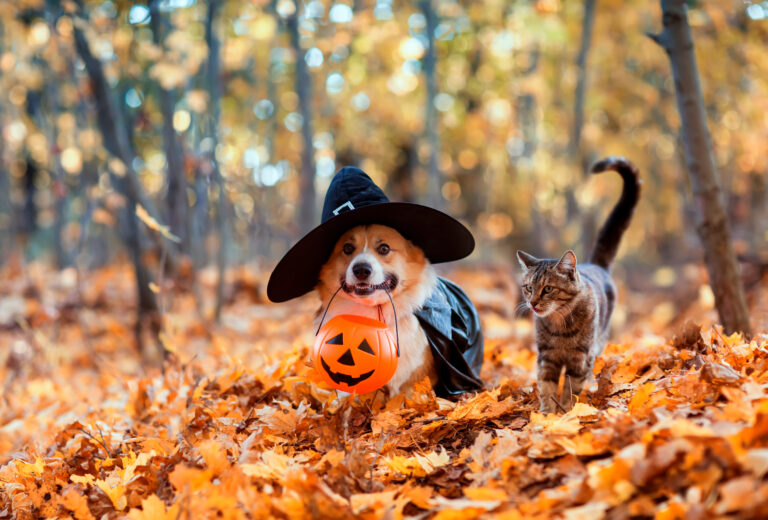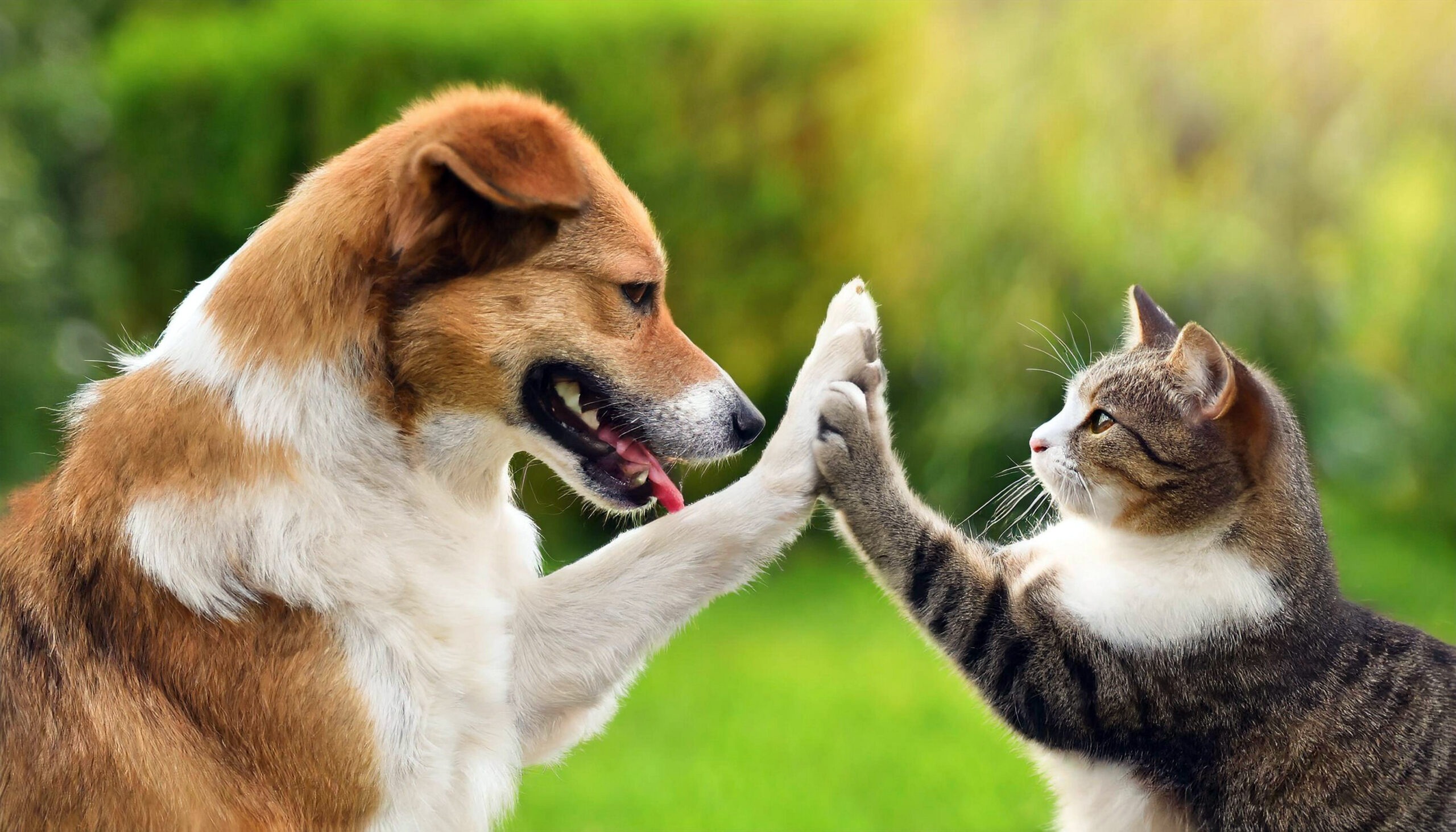
6 Top Tips on Creating a Pet-Friendly Garden
Now the sun is finally shining, you might want to be spend more time in your garden. If your pet is also a fan of being outside, it’s time to make sure it’s a safe environment for them.
A pet-friendly garden can provide a stimulating environment for our furry friends to explore and play. To make sure they stay safe and healthy when outdoors, check out these 6 top tips on creating a pet friendly garden!
P.s We know accidents can happen, which is why Pet Insurance is so important. Get a quote today!
1. Assess Which Plants are Poisonous to Cats and Dogs
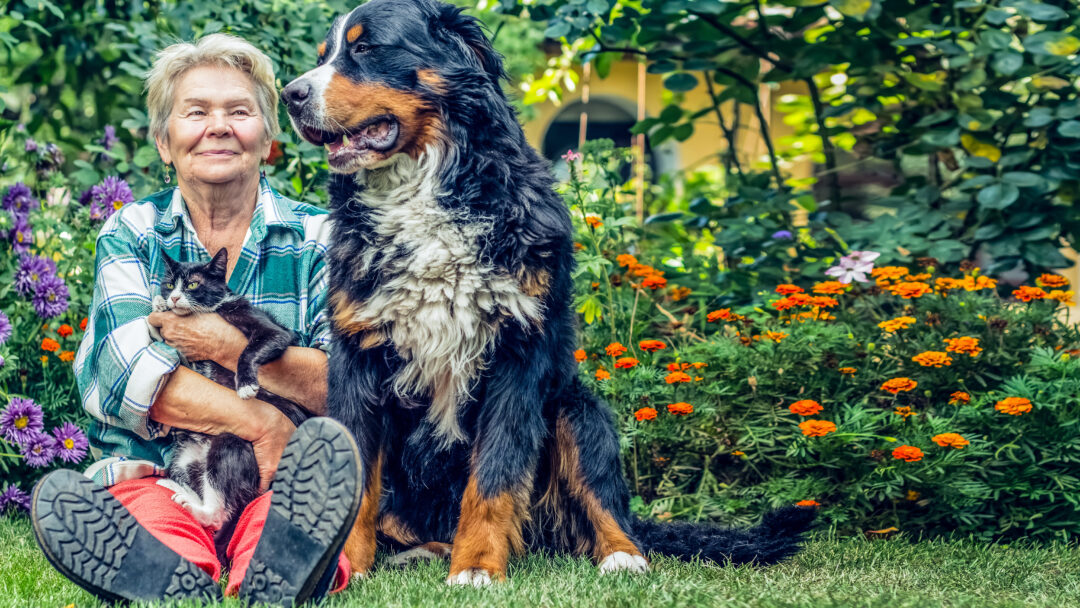
One of the most important steps in creating a pet-friendly garden, is selecting plants that are non-toxic to cats and dogs. Many common garden plants can be harmful if ingested. To keep your pets safe, avoid plants like lilies, azaleas, oleander, daffodils and sago palms, which are toxic to animals. The PDSA do a more comprehensive list and let you know the symptoms to look out for.
Instead, you can use plants that are safe for pets:
- Marigolds: Bright and cheerful, marigolds are safe for pets and can help repel insects.
- Sunflowers: These towering beauties are non-toxic and can provide shade and a splash of colour.
- Rosemary: Not only is rosemary safe for pets, but it also adds a delightful fragrance and can be used in cooking.
Remember if you think your pet has eaten a potentially poisonous plant, please seek your vets advice ASAP. Veterinary treatment can be expensive, make sure you have the right Pet Insurance to help cover the costs. – Get a quote today.
2. Create Pet Safe Boundaries

Almost 5,000 dogs, and over 20,000 cats were reported missing between January 23 and June 24.[1] Ensuring your garden is secure is key to keeping your pets from escaping.
Use sturdy fencing that’s high enough to prevent your dog jumping over it. Make sure there are no gaps or weak spots in fencing where pets can escape. If you have a god that likes to dig, consider burying chicken wire or large rocks along the fence line to stop escape attempts. If you have a cat you don’t want leaving your garden, consider installing a 6ft high fence with a downward sloping overhanging wire mesh to prevent your cat climbing over. You could also install a ‘catio’ – or cat patio. This means indoor cats enjoy the fresh air without a risk of escape or attack from other cats.
Nobody wants their pets escaping but if they do go missing, Perfect Pet Insurance can assist you with the financial element of your dog straying, including money towards advertising and a reward.** Get a quote today!
**On all Perfect Pet policies apart from Accident Only Cover.
3. Provide Shade and Water in Excessive Heat
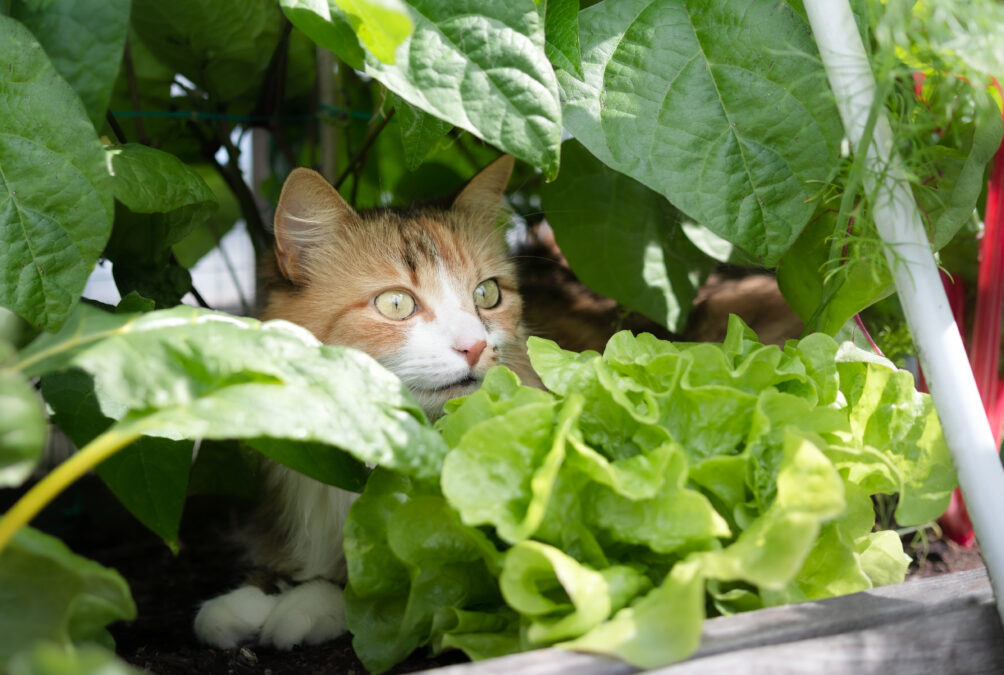
Just like humans, pets need protection from the sun, especially during hot summer months. Create shaded areas using trees, shrubs, or sun umbrellas where your pets can relax and cool down. Always have fresh water available in the garden. Consider setting up a small fountain or water feature that provides a continuous supply of clean water.
Find out more about how to keep your pet cool in the warmer months here.
Heat stroke can be fatal to your pets. If you notice any symptoms like excessive panting, lethargy or vomiting, you should contact your vet as soon as possible. Treatment for conditions like heat stroke can be expensive, pet insurance can often help with the costs of emergency vet treatment. Get a quote today!
4. Make your Dog a Special Digging Area

If your dog loves to dig, you can provide a designated digging spot to protect your flower beds and vegetable patches. A sandbox or a specific area with loose soil can be a perfect solution. Encourage your dog to use this area by burying toys or treats, making it a fun and rewarding spot for them to play in.
5. Avoid Garden Chemicals that Are Harmful to Pets
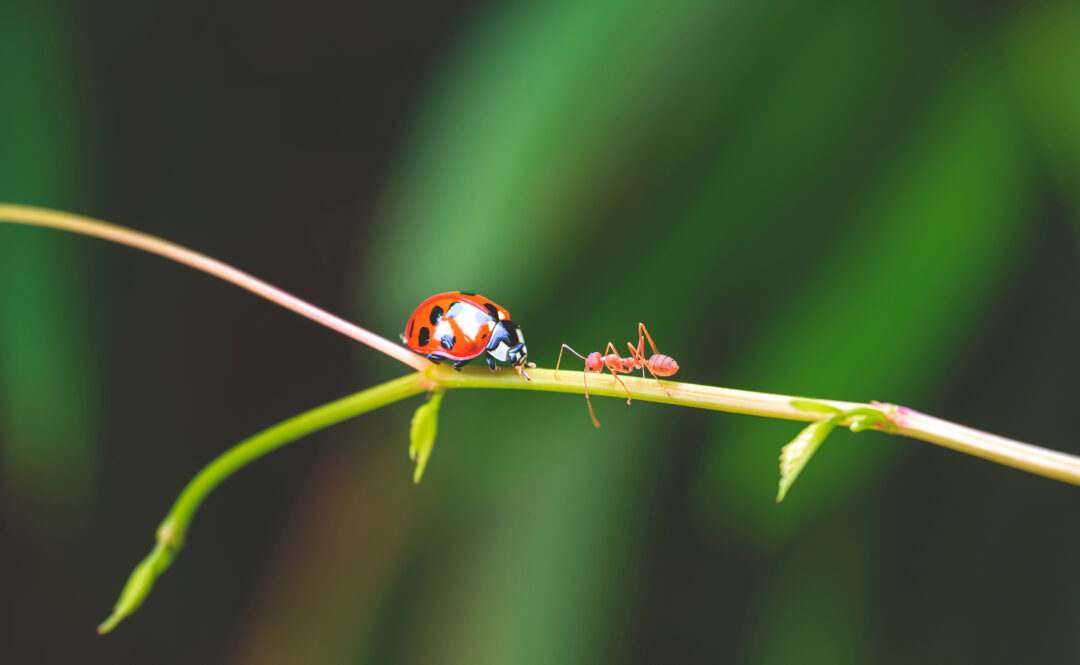
Pesticides, herbicides, and fertilizers can be hazardous to pets. It’s important to read the label on weed killer and follow the guidelines. If you want to use chemical herbicides, make sure they are fully dry before letting your pet access the garden again. The Dogs Trust gives a list of garden chemicals that are poisonous and signs to look out for.
Why not choose organic and pet-safe alternatives when maintaining your garden? Natural pest control methods, such as introducing beneficial insects like ladybirds or using neem oil, can help keep your garden healthy without endangering your pets.
6. Regular Maintenance and Monitoring
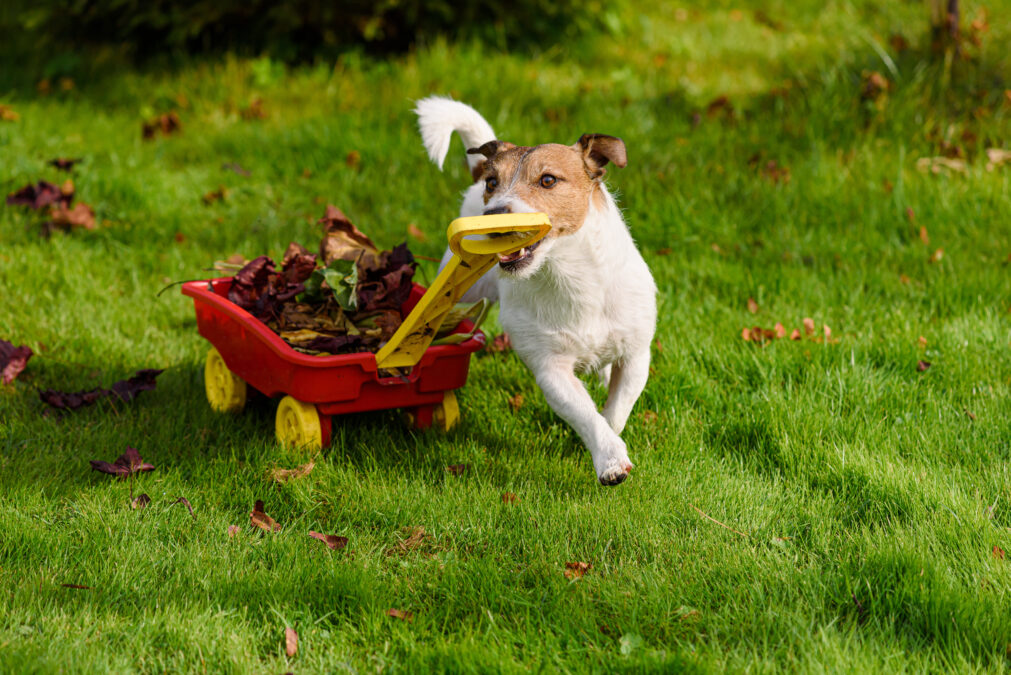
A pet friendly garden needs regular maintenance to make sure it remains a safe environment. Check for and remove any hazardous plants, use pet friendly pesticides and check fences and boundaries are secure. Also be sure to monitor your pets while they are in the garden to avoid escaping and heat stroke.
By following these top tips, you can design an outdoor space that is safe and enjoyable for you and your pets!
While we can take precautions to keep our pets safe in our gardens, accidents can happen. That’s where pet insurance can provide peace of mind. Pet insurance helps cover the cost of veterinary care. Don’t let finances stand in the way of providing the best possible care for your furry companion.
Looking for pet insurance? Get a quote today!
[1] https://www.countryfile.com/animals/pets/microchipping




